1 Plitvice Lakes National Park, Croatia
This spectacularly beautiful park (see picture above) is the one of the oldest national parks in Southeastern Europe and the largest national park in Croatia. There are 12 lakes that form the upper lakes. There are also lower lakes that are situated in porous limestone cliffs that are as high as 40m in some places. Other features of the park are the Plitvica stream, the Korana river, the forest of Čorkova Uvala. There is also an underground cave, Šupljara, that was exposed after a sinkhole appeared on the edge of the canyon. You can view the Karlovci karst relief which are amazing structures that were created due to natural phenomenon like water seepage and earth tremors. Guided tours are available for groups, if they book them in advance. There’s an electric boat and a sightseeing train that departs every hour or so. There are many restaurants and cafés and hotels if you wish to spend a night or two there.
Distance from Montenegro: 6 hours 30 min, 514km
2 National Park Krka, Croatia
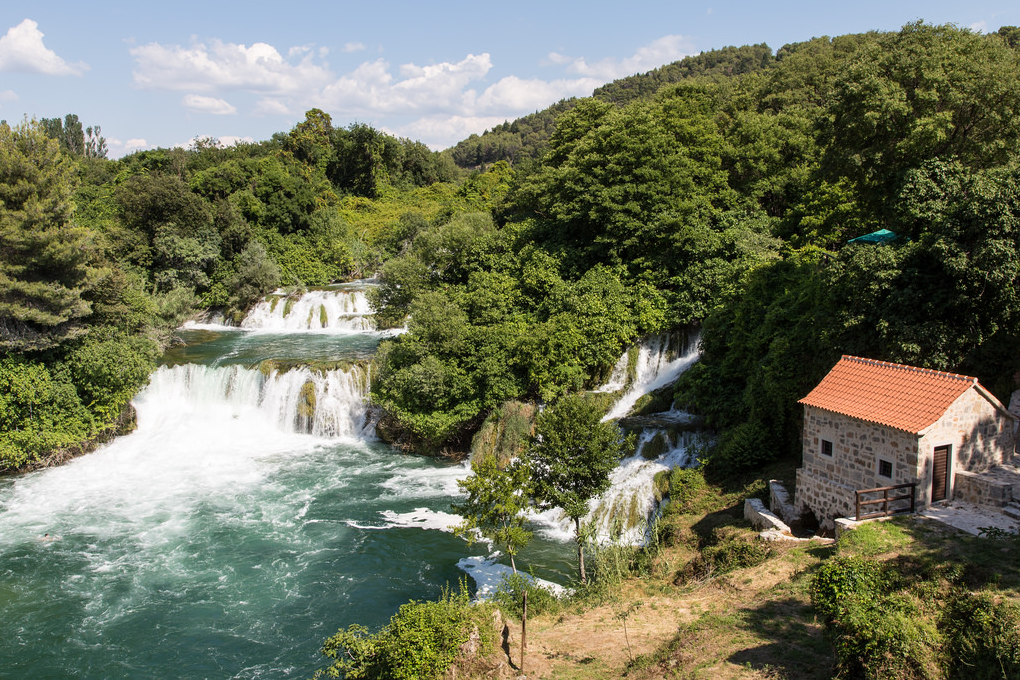
Photo credit: Flickr.com
The Krka National Park is a huge, unchanged area of natural beauty that has remained preserved without any significant alterations. Here you can see the source of the Krka river that is 72.5km long and has seven waterfalls. The river drops 242m and this has created a lot of natural and karst features. This park also has boat excursions, mini-bus excursions, bus transport, visits to the Visovac Island, the Krka monastery and the Oziđana pećina cave. Some of these excursions are only available in summer. Opening hours vary depending on the season with most places being open from 09:00 to 20:00 in the summer months.
Distance from Montenegro: 5 hours, 358km
3 Dubrovnik, Croatia
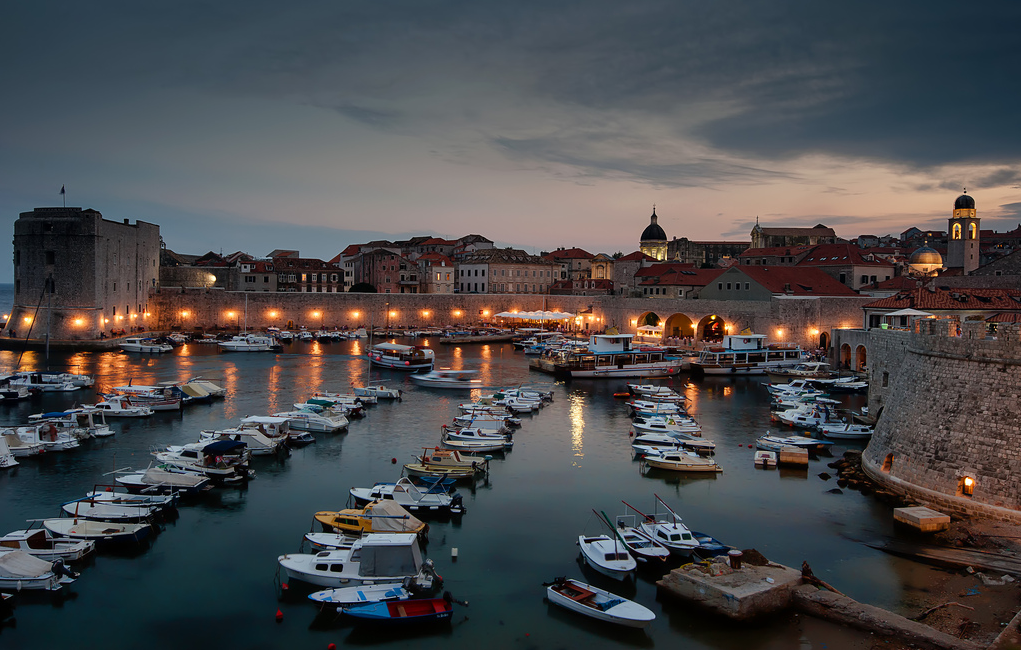
Photo credit: Flickr.com
Dubrovnik is a Croatian city on the Adriatic Sea, in the region of Dalmatia. It is a popular tourist destination in the Mediterranean Sea and is listed on the UNESCO list of World Heritage Sites. There’s a lot to do and see for example visiting the walls of the city and their forts. You can go to the Lovrjenac Fort that is on a 37-meter-high rock. Old Dubrovnik had two large gates with draw bridges that could be pulled up. During summer there are costumed city guards at the entrance of one of these gates that leads to the main promenades and meeting places. There are ancient churches, city squares and many other old schools and churches in the area. You can visit the Island of Lokrum with its beautiful gardens. There are also monuments, museums and natural sites.
Distance from Montenegro: 2 hours, 64km
4 The Elaphite Islands, Croatia
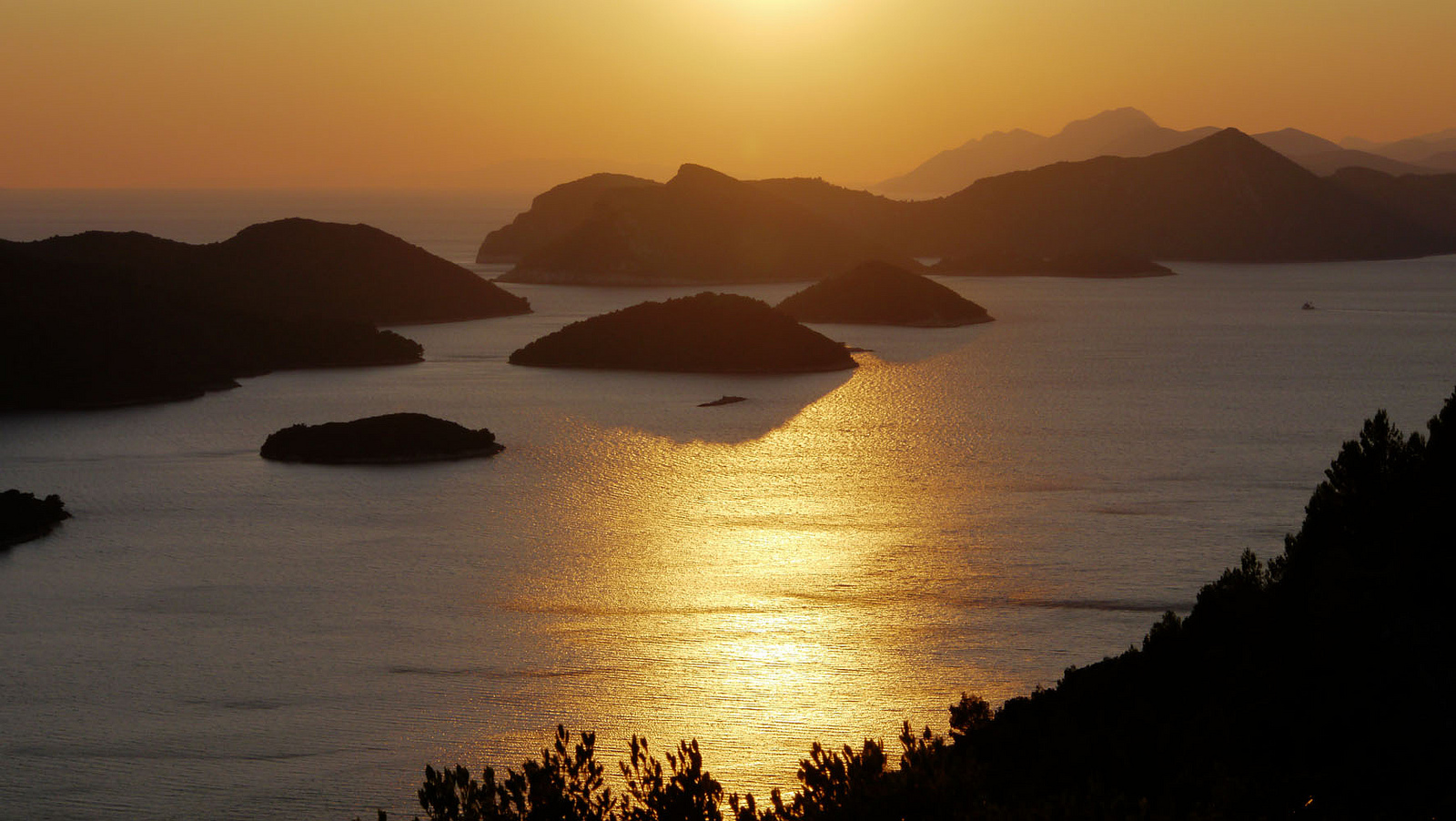
Photo credit: Flickr.com
This group of islands are on the western side of Dubrovnik. They are named Elaphite which in Greek means The Deer Islands. The islands are worth visiting just for their natural beauty, but there’s a lot more going on. On Kolocep island you can visit old small pre-Romanesque churches and the basilica ruins. On the island of Lopud there are amazing parks, beaches, gardens with citrus trees and several monasteries. The island of Sipan is an island of legends where locals and tourists like to gather. The island of Jakljan is covered with forests. The island of Olip is also part of the group.
Distance from Montenegro: 4 hours, 88km
5 Pula Arena, Croatia
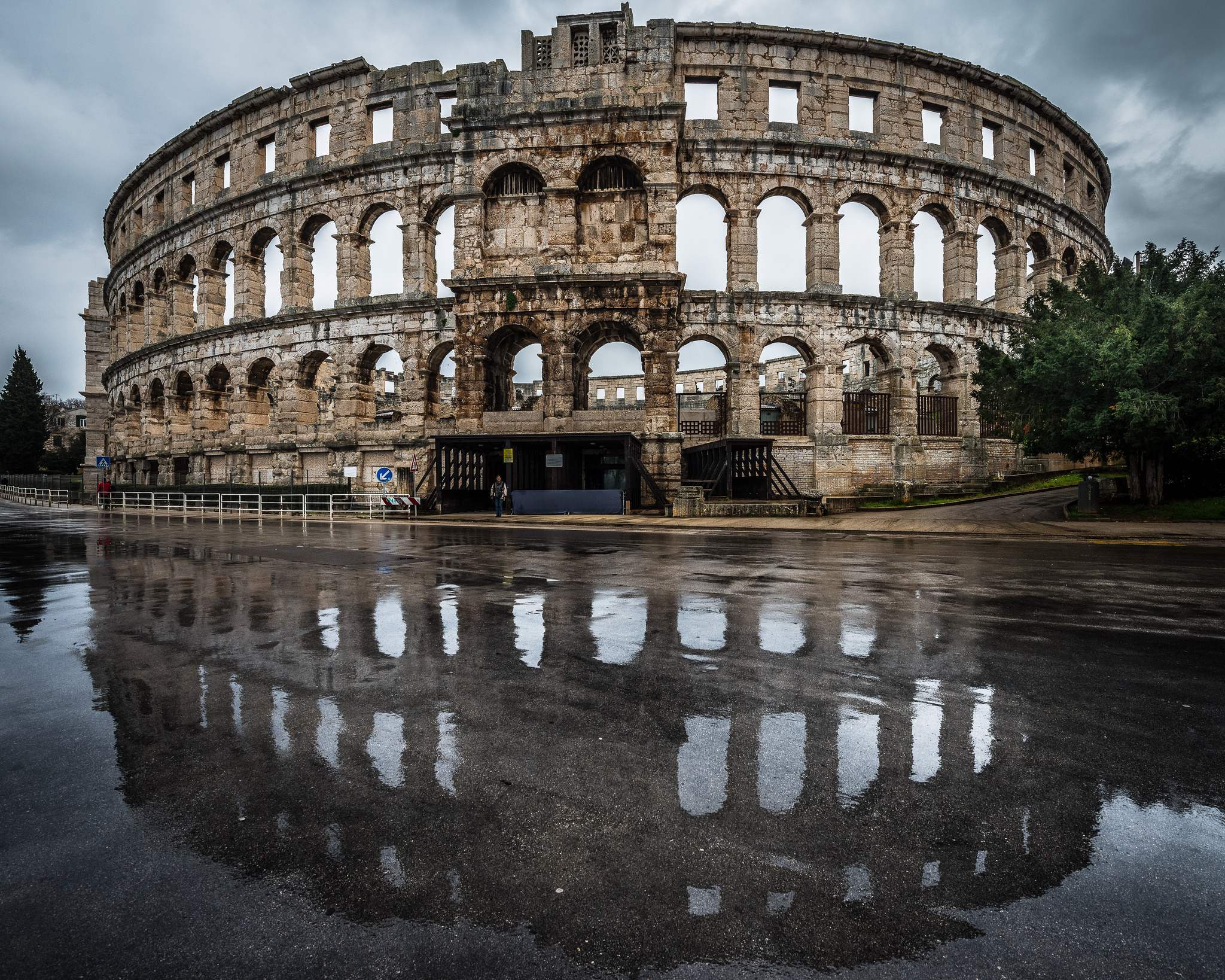
Photo credit: Flickr.com
This amphitheater, named the Pula Arena, was used to host gladiator fights. It was built in the 1st century AD at the same time as the magnificent colosseum in Rome and is one of the six largest remaining Roman arenas. In its glory days it could seat 20 000 spectators. It was constructed using local limestone. Today the Arena is used for summer performances like film festivals, operas, equestrian events and concerts. It has seating for 5 000 visitors. The underground passages display ancient olive oil and wine making machines and processes.
Distance from Montenegro: 9 hours 10 minutes, 791km
6 Canyon Matka, Macedonia
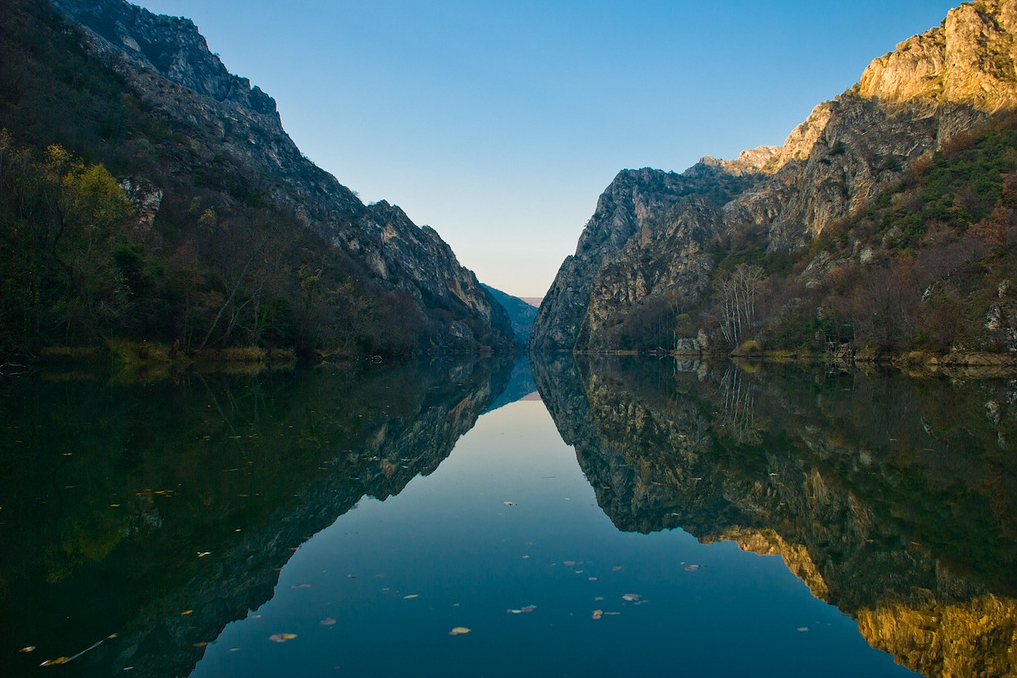
Photo credit: Flickr.com
The Matka canyon is a beautiful gorge that is surrounded by many mediaeval buildings like churches, monasteries and the ruins of a fortress. There are many caves, endemic plants and animals. The canyon is over 5 000 hectares and is located 15km outside of Skopje. This canyon is popular for mountain hiking. There’s also kayaking, fishing and swimming. From a sight-seeing perspective there are karstic features, caves that range from 20 to 176 meters and two vertical chasms that are up to 35 meters deep. It’s also known for its indigenous species of butterflies.
Distance from Montenegro: 6 ½ hours, 405km
7 The Monastery of Saint Jovan Bigorski, Macedonia
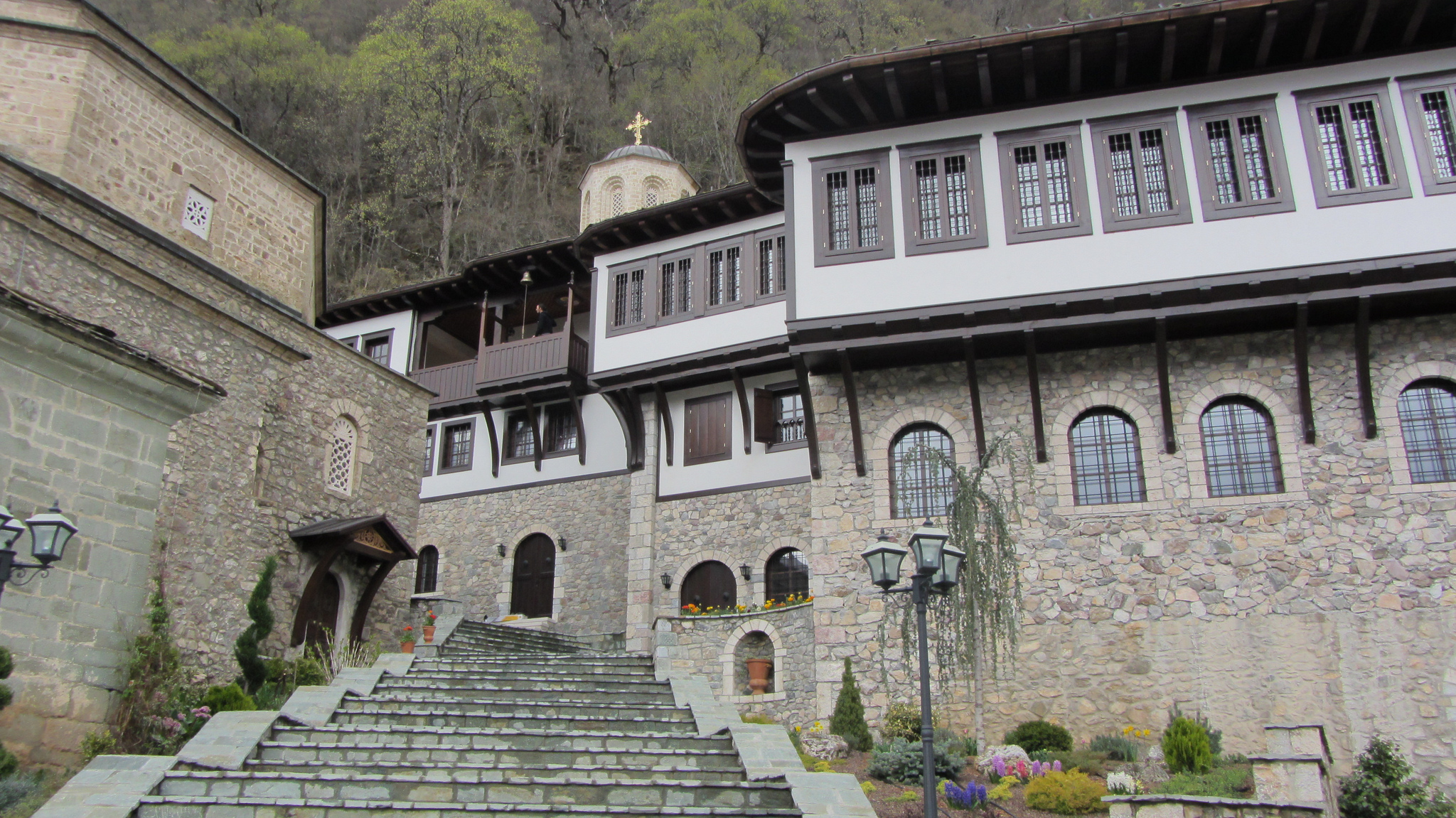
Photo credit: Flickr.com
In the Western part of Macedonia is the monastery of Saint Jovan Bigorski. It is between the towns of Debar and Gostivar. The monastery is dedicated to St. John the Baptist. This monastery is especially known for its icon art including the iconostasis, created by Petre Filipovski Garkata from the nearby village of Gari. These partitions with wood-carvings of icons on them are some of the best examples of wood-carved iconostases.
Distance from Montenegro: 6 ¼ hours, 299km
8 Ohrid, Macedonia
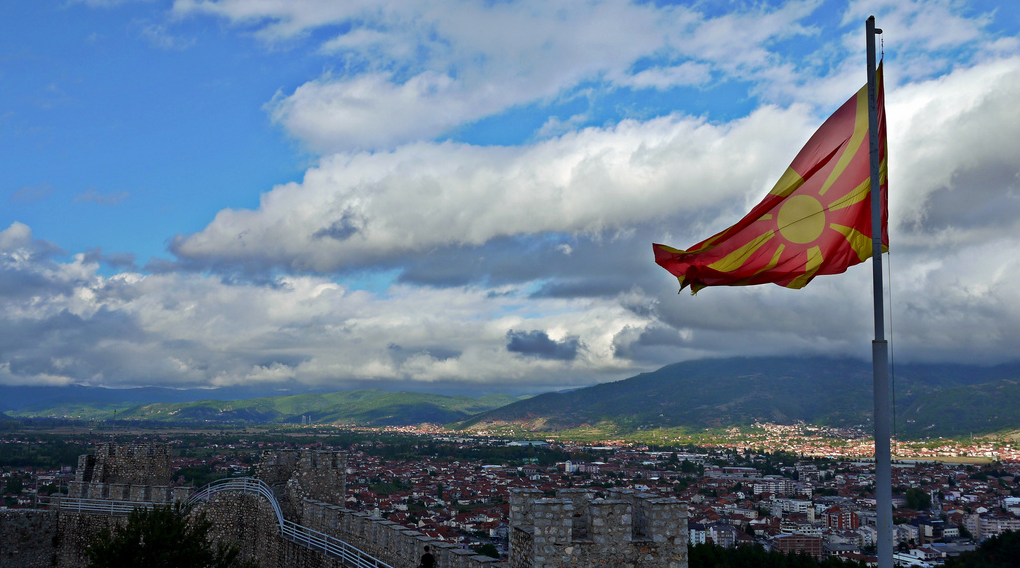
Photo credit: Flickr.com
Ohrid is a city in the Republic of Macedonia. It is well-known for its churches and monasteries. There are so many churches that it apparently has a church for every day of the year. Here you can also visit the ancient, vast and beautiful lake Ohrid. The area around Lake Ohrid have been inhabited since prehistoric times as a result there are numerous archaeological explorations in the area. Ohrid also boasts unique arts and crafts like the Ohrid pearl. There are also walking, cycling and boat trails. You can visit the Tsar Samuel’s Fortress, a gallery of icons and the national museum. Or you can visit the churches and monasteries. Did we mention there’s a lot of them?
Ohrid and Lake Ohrid were listed as Cultural and Natural World Heritage Sites by UNESCO since 1980.
Distance from Montenegro: 6 ½ hours, 338km
9 Stobi, Macedonia
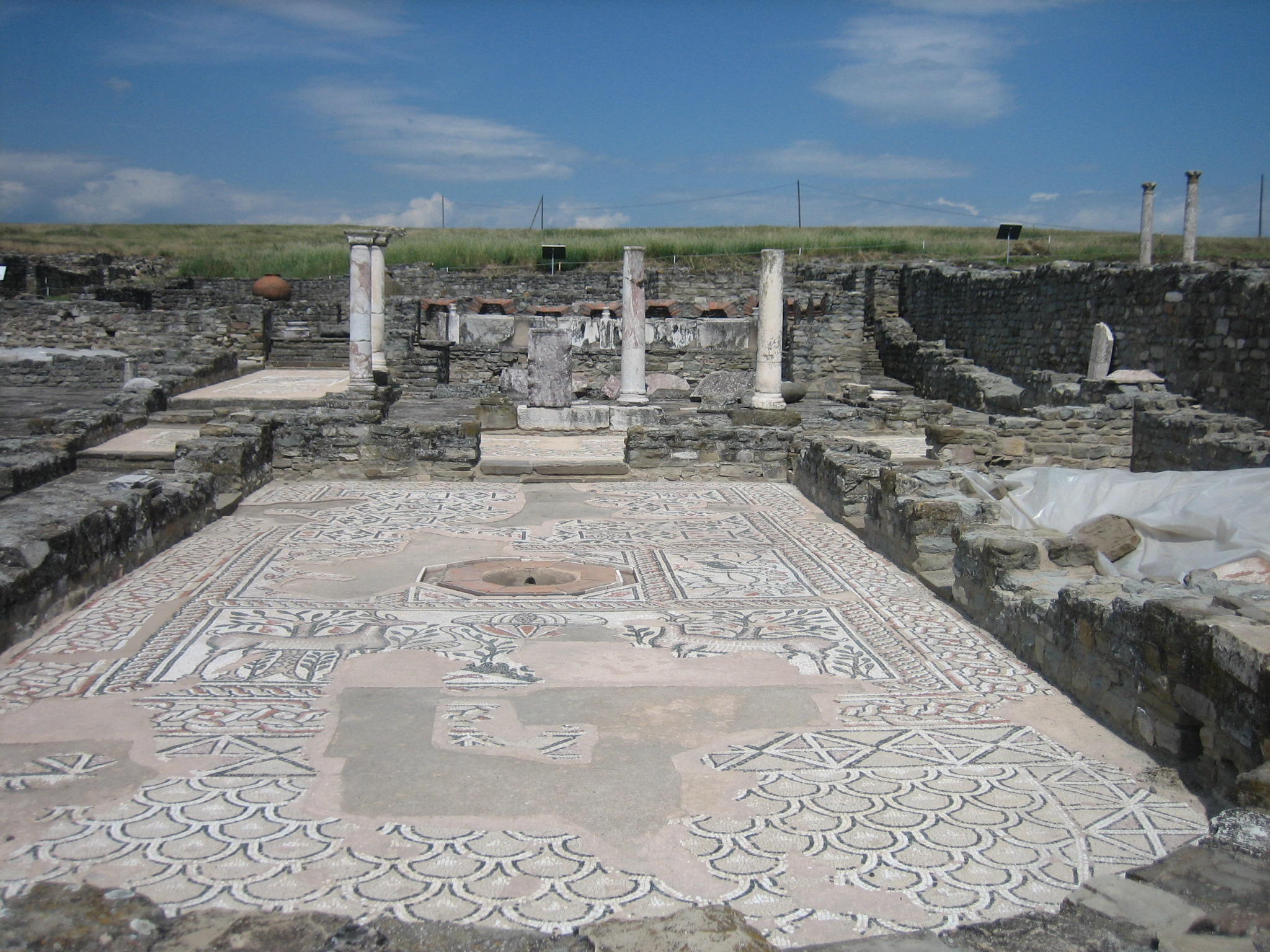
Photo credit: Flickr.com
One of the most famous archaeological sites in the Republic of Macedonia is Stobi. Stobi developed from the ancient settlement of Paeonia that existed there in the archaic period. The archaeological site is open to visitors. On this site you can see exposed buildings, a theater, a synagogue, palaces, houses, basilicas and baths. There are also well-preserved ancient mosaics. There is also an onsite museum.
Distance from Montenegro: 6 ½ hours, 402km
10 City of Mostar, Bosnia and Herzegovina
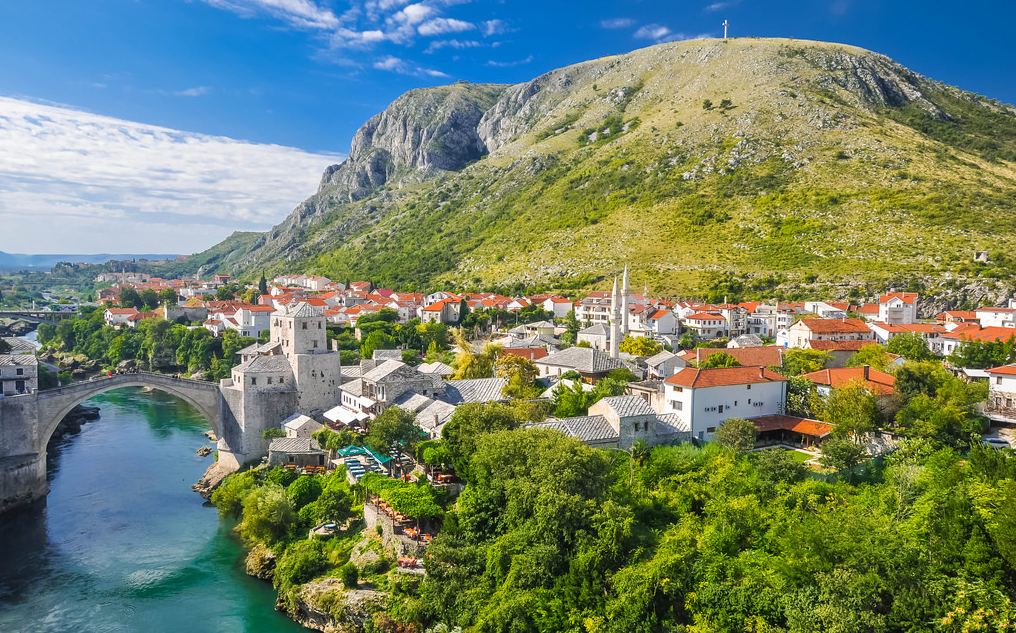
Photo credit: Flickr.com
Mostar is a city in southern Bosnia and Herzegovina, that is in the flower and wine growing valley of the Neretva River. It’s famous for the Old Bridge named the Stari Most – an arched bridge that was built in 1566. Although most of the area was destroyed in the conflict during the 1990s it has been restored or rebuilt since then and is an example of pre-Ottoman, eastern Ottoman, Mediterranean and western European architectural features. The area around the bridge is full of shops, market stalls and the Old Bridge Museum. You can climb the narrow staircase up to the Koski Mehmed-Pasha Mosque’s minaret for a panoramic view of the city. Attractions in Mostar include the Pavarotti Music Center, the Croatian National Theater, the National Theater, the Museum of the Old Bridge, the Herzegovina Museum, the World Music Centre and more.
Distance from Montenegro: 3 ½ hours, 177km
11 Bosnian pyramids, Bosnia and Hercegovina
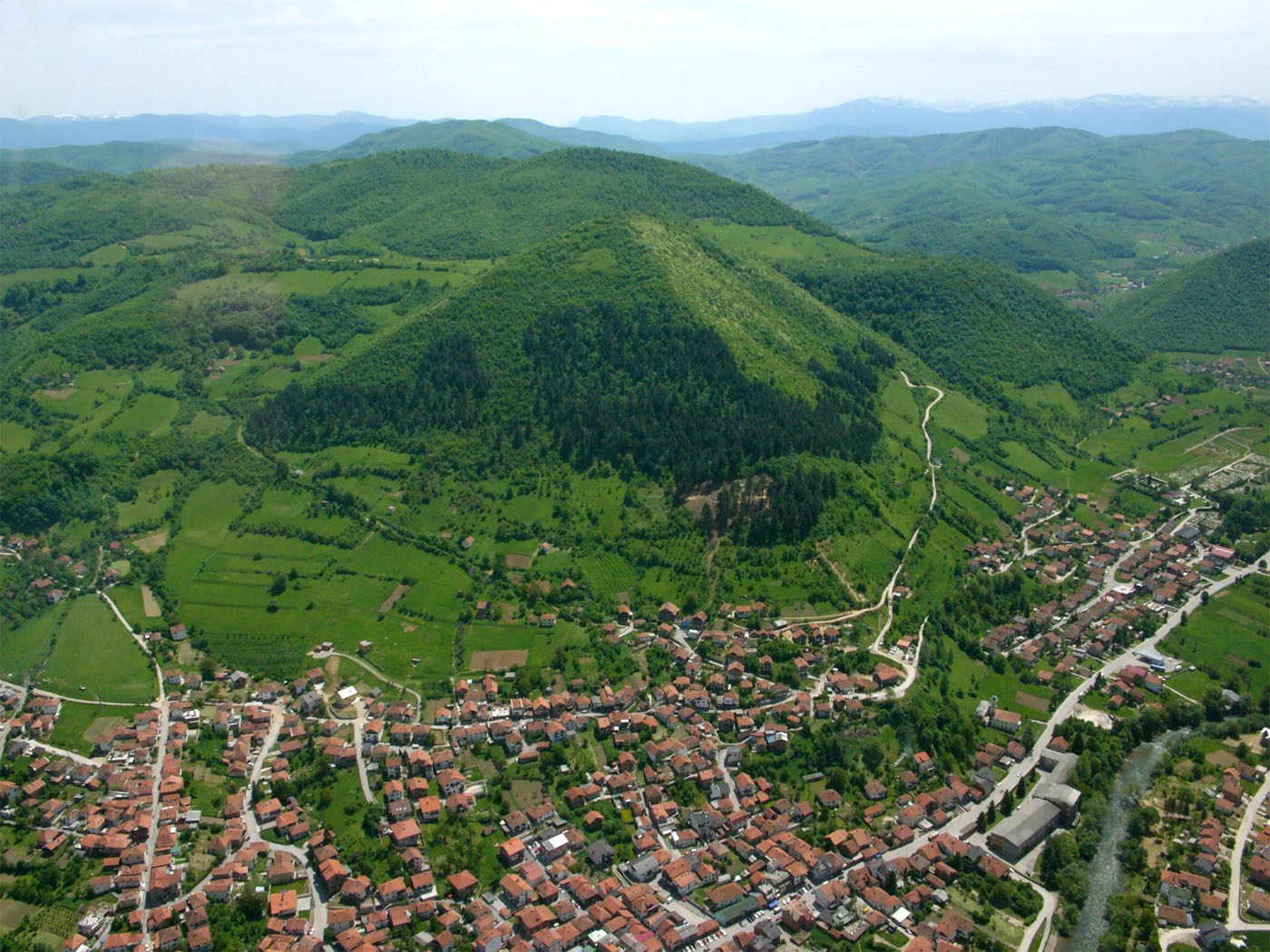
Photo credit: Flickr.com
Near the town of Visoko are hills that were once called the first European pyramids. However, these hills were formed millions of years ago along with the mountains of Central Bosnia. As the mountains were rising sediment washed into the lake creating different layers of sediments. Tectonic activity caused these sections to move and form angular hills and shattered rock layers.
But the author Semir Osmanagić did not let facts get in his way of calling this structure a pyramid. His subsequent excavations in the area caused the hill to resemble a stepped pyramid even more.
The old town of Visoki can also be found in the area as well as several exhibitions and museums in Visoko.
Distance from Montenegro: 5 ¼ hours, 284km
12 Baščaršija (Bashcharshiya), Bosnia and Herzegovina
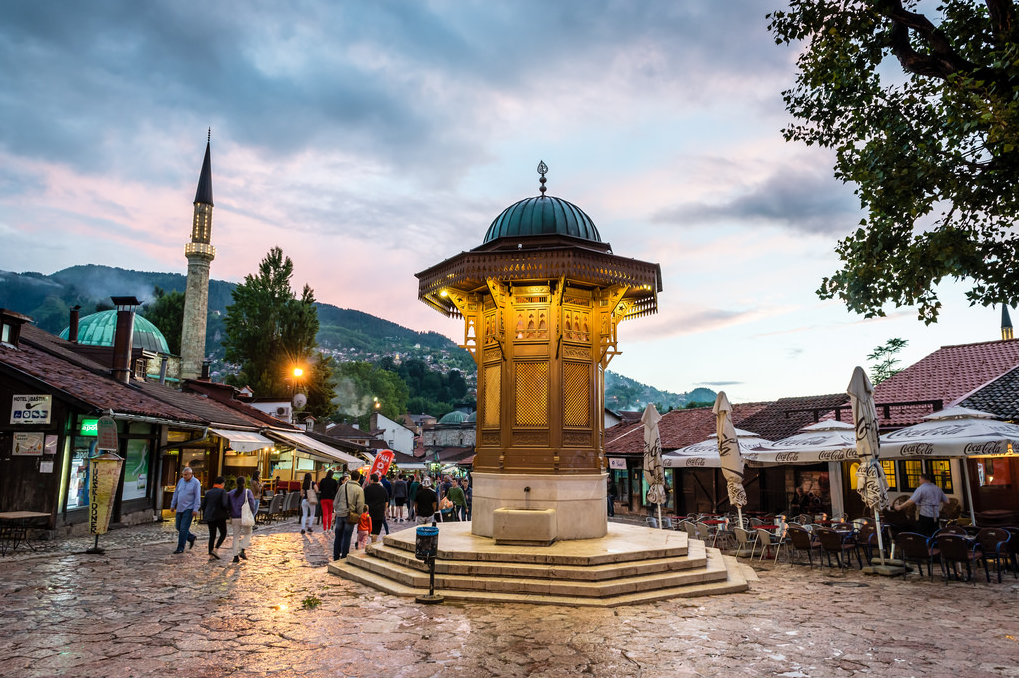
Photo credit: Flickr.com
Bashcharshiya is in old Sarajevo and was built in the 16th century. Different crafts are displayed on each street like traditional metalwork, jewelry and pottery. Copper that is decorated using techniques that have been handed down from generation to generation can be bought in Coppersmith Street (Kazandžiluk street).
There are also a variety of stalls serving traditional meals. They are called aščinicas, buregdžiničas, and ćevapdžinicas and are the equivalent to take-away or fast foods in other places. Here you can enjoy tasty meals consisting of meat, vegetables, pitas or get something very sweet from the many bakeries.
Distance from Montenegro: 5 hours, 256km
13 Kravice waterfalls, Bosnia and Herzegovina
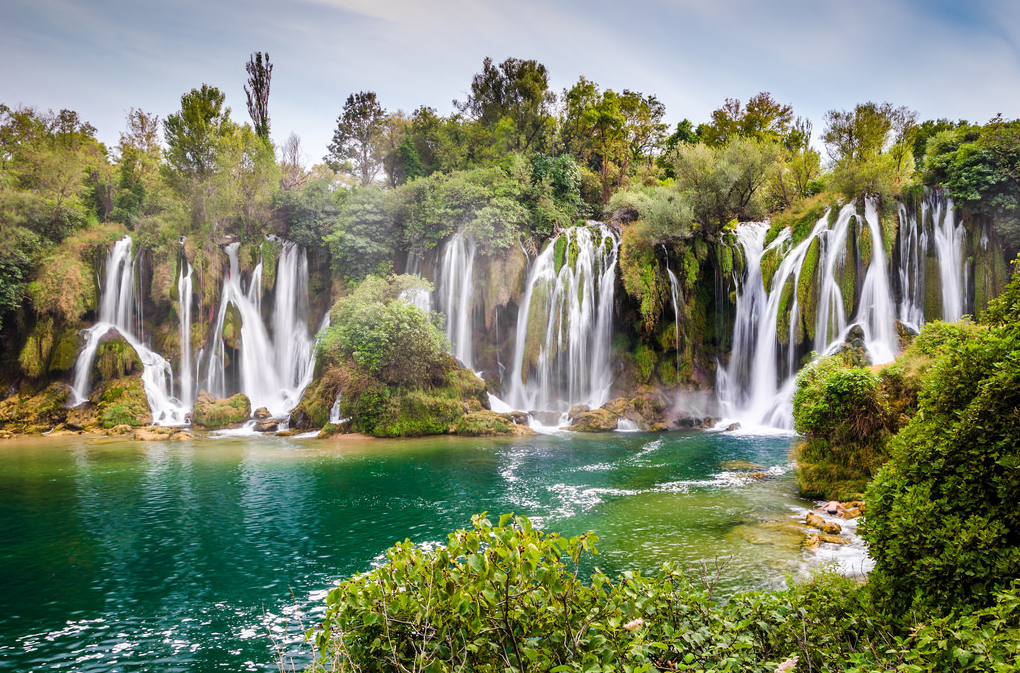
Photo credit: Flickr.com
These are natural waterfalls that are even more stunning because of the tuff deposits that disperse the water. They are a natural phenomenon which is under state protection. The waterfalls are surrounded by chaste trees (also known as hemp trees), figs and poplars. The waterfalls are 25 – 28 meters in height. As the depth of the water levels of the Trebižat river changes, so does the waterfalls. They will therefore look different, depending on the season. There is a pool with a sandy bottom where people swim. They also climb onto the rocks and jump into the pool. There is also a restaurant where you can relax and enjoy the sights and sounds of the waterfalls.
Distance from Montenegro: 6 ½ hours, 344km
14 Višegrad, Bosnia and Herzegovina
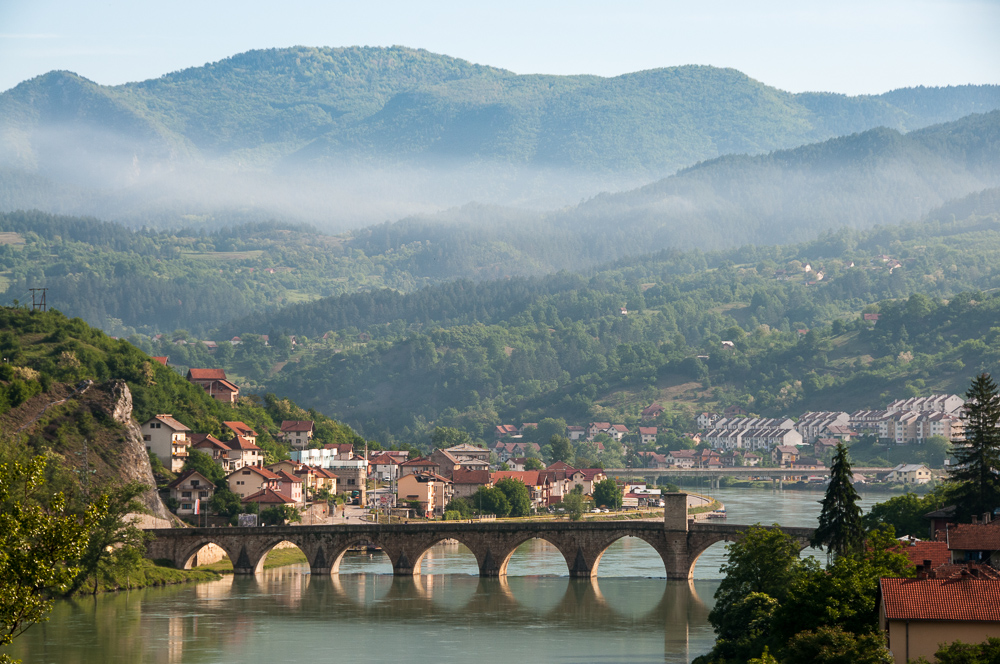
Photo credit: Flickr.com
Višegrad is a town in Bosnia and Herzegovina 16km from the Serbian border. It is at the far east of the Republika Srpska and the River Drina runs through it. Things to see in Višegrad include the famous Pasa Sokolovic Bridge which has been a world heritage site since 2007. There is the Narrow gauge railway on a reconstructed section of the old Austria-Hungary railway line. Other tourist attractions include Andrictown (Andricgrad), the Dobrun monastery, the Serbian Orthodox Church named the Church of the Virgin Mary that has been there since 1884, the second deepest river canyon in Europe, the canyon of the Drina River where you can go on a boat cruise. There are also several buildings dedicated to the Nobel prize writer Ivo Andric, including his house, a memorial classroom and a monument. There is also a monument to the Serbian soldiers who died in the Bosnia civil war in 1992 – 1995.
Distance from Montenegro: 4 – 5 hours, 254km
15 The Sacred Heart Cathedral, Bosnia and Herzegovina
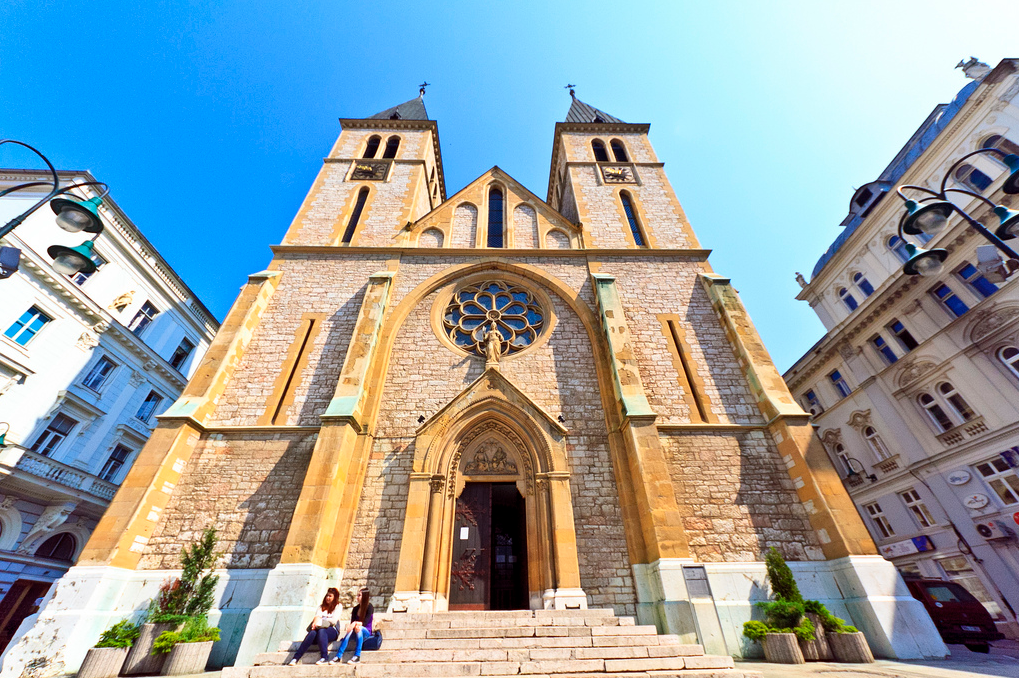
Photo credit: Flickr.com
The Sacred Heart Cathedral is the largest cathedral in Sarajevo and is commonly referred to as the Sarajevo Cathedral. This majestic cathedral was dedicated to the heart of Jesus. It was built in the neo-gothic style with Romanesque revival elements. There are two bell towers. Inside you can view the altars, the pulpit, an organ, the grave of the archbishop Stadler, as well as several frescoes.
Distance from Montenegro: 5 ¼ hours, 245km
16 Tirana, Albania
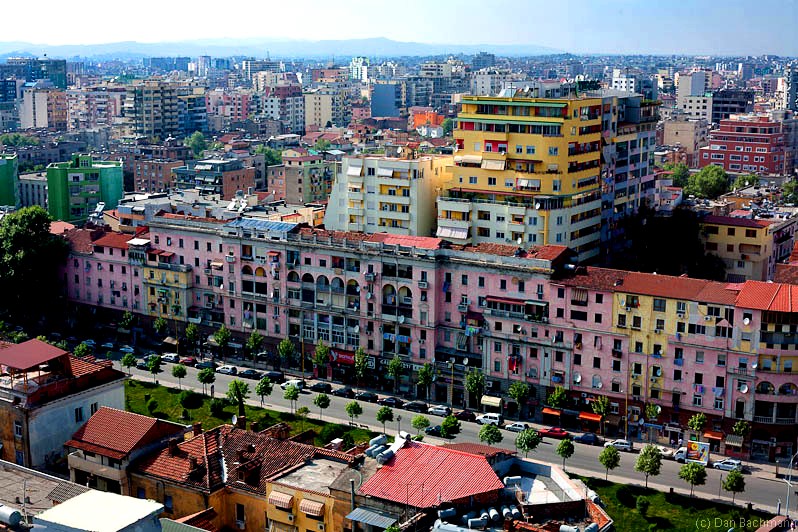
Photo credit: Flickr.com
This lively and colorful capital city of Albania, is known for its Ottoman-, Fascist- and Soviet-era architecture. Having been transformed in the 1990’s Tirana now boasts public squares and pedestrian streets. The focal point is the Sheshi Skënderbej square where there is an equestrian statue of Skandeberg. On the square’s north end is the modernist National History Museum, covering prehistoric times through Communist rule and the anti-Communist uprisings of the 1990s.
You’ll also find the Bunk’Art which is a contemporary art museum that was once a massive bunker in the cold war era and other museums including the National Arts Gallery, The National Archaeological Museum, the Martyrs’ Cemetery and the former residence of Enver Hoxha. You can also visit the National Park Mt Dajti and take a cable car to the top for a stunning view.
Distance from Montenegro: 4 hours, 203km
17 Shkodra (Shkodër), Albania
Shkodra is one of the oldest and most historic places in Albania. It is an important cultural and economic center. It overlooks Lake Shkodra which lies on the border of Albania and Montenegro and is the largest lake in the Balkan Peninsula. Here you can visit the Rozafa castle and its museum. The castle is on top of a rocky hill and is 130 meters above sea level. Another tourist attraction is the Mes Bridge which is one of the largest and best preserved bridges from the Ottoman Empire in Albania. Other places of interest are the Lead Mosque, built in 177 and the Shkodra Cathedral.
Distance from Montenegro: 2 ½ hours, 110km
18 The Albanian Riviera
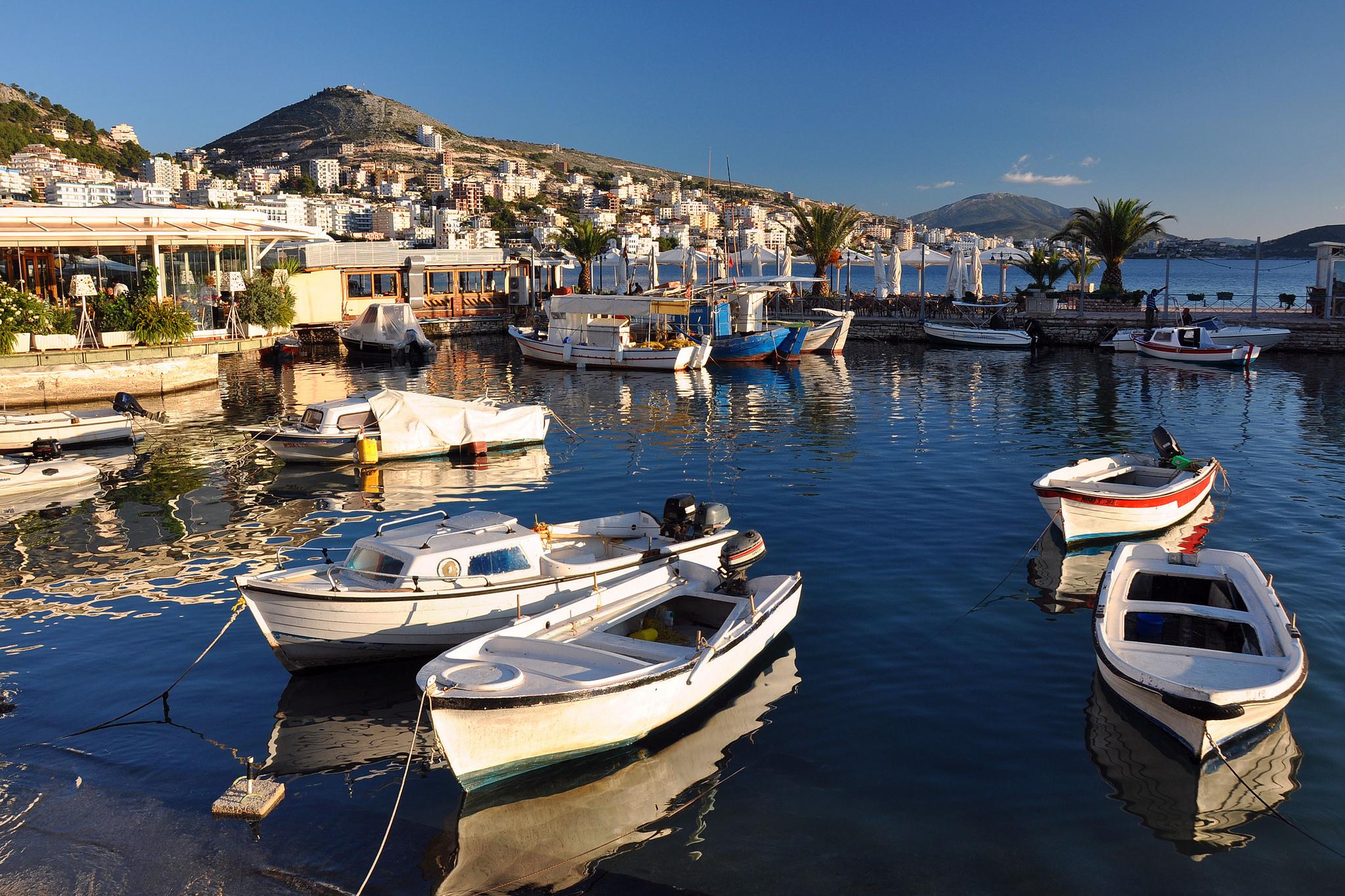
Photo credit: Flickr.com
The Albanian Riviera can be found on the coastline where the Adriatic and Ionian seas meet. The area encompasses a number of traditional villages, isolated bays, golden beaches and the Ceraunian Mountains. Other than spending some time on the beach there are also castles, national parks, the Gjipë Canyon and the only national marine park of Albania in the Karaburun Peninsula. This area also includes Butrint, an ancient city that is protected under UNESCO as a World Heritage Site.
Distance from Montenegro: 3 hours, 143km
19 Blagaj, Bosnia and Herzegovina
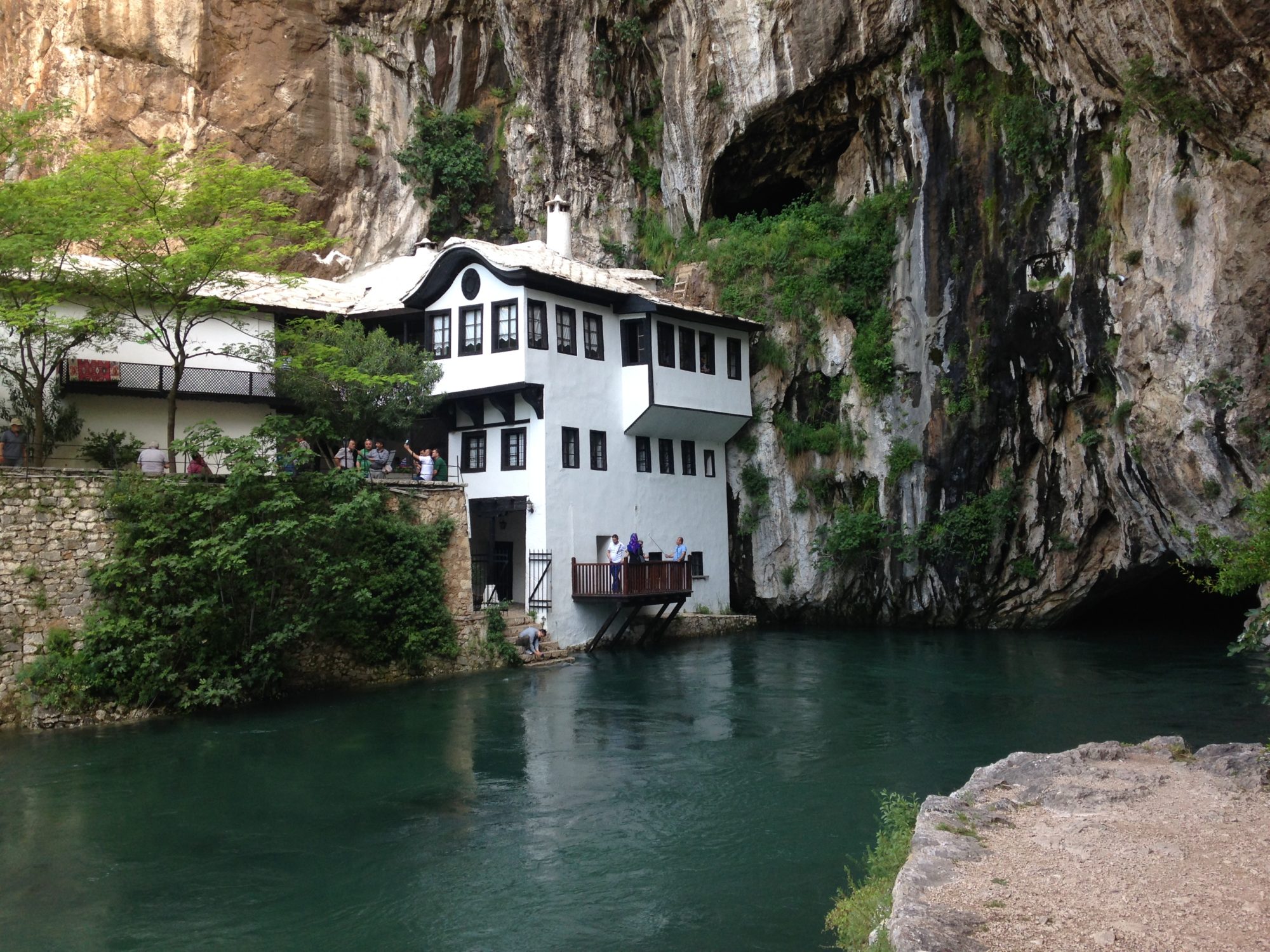
Photo credit: #mnetoday
Blagaj is a small village (kasaba) 12km south of Mostar. It is most famous for its tekija or Dervish monastery. This monastery was built in 1520 and displays examples of Ottoman architecture and the Mediterranean style. Much of the fort, the Old Blagaj has also survived. It is located above steep cliffs and the walls are still 12 to 14 meter high. The area inside the fort is relatively small compared to other forts. The Blagaj Tekija is also the source of the river Buna. The source of the river Buna is an underground karst river and is thought to be one of the largest and most beautiful rivers of this type in Europe.
Distance from Montenegro: 3 hours 18 min, 165km
20 Berat, Albania
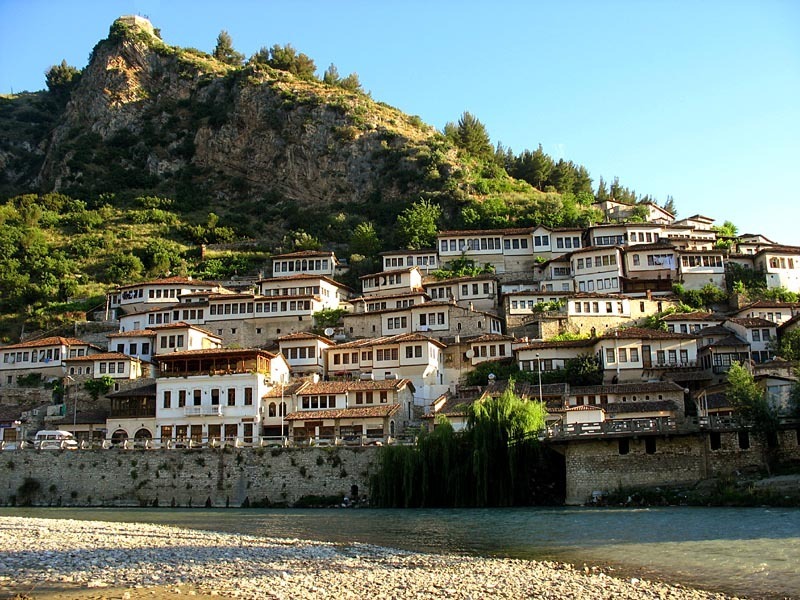
Photo credit: Laurence Ourac
Berat is over 2 400 years old and is a showcase of Albanian architecture which is under the protection of UNESCO. Here you will discover everything about the Albanian history and culture. The city was built inside a castle and even today people are living within the castle walls. Inside the Cathedral of Shën Mëria is a museum with icons made by famous iconographers of the 16th century, Onufri and his son Nikolla. There is also an Ethnographic museum and the Edward Lear Gallery of Arts.
Distance from Montenegro: 5 hours 10 min, 295km

